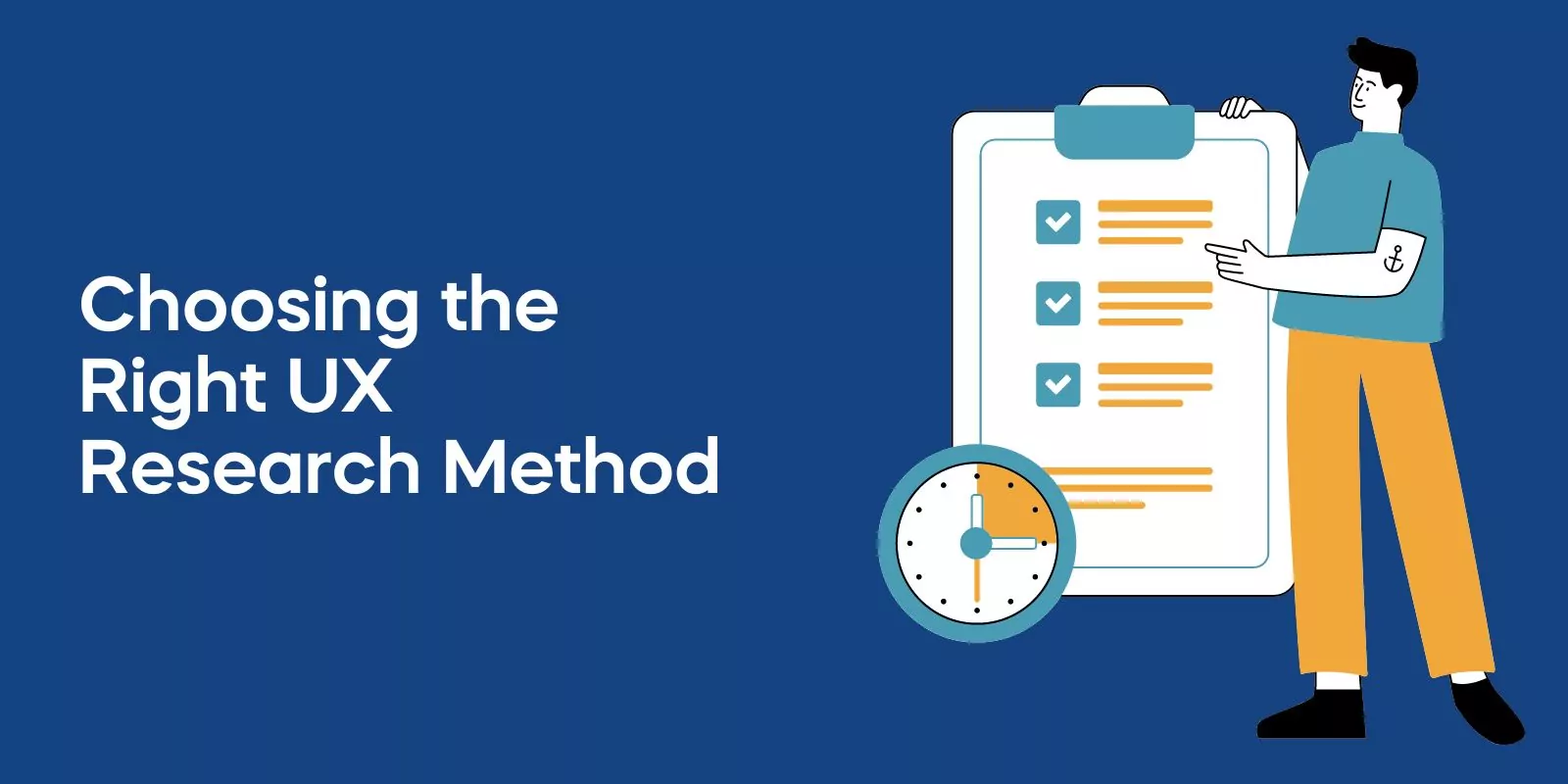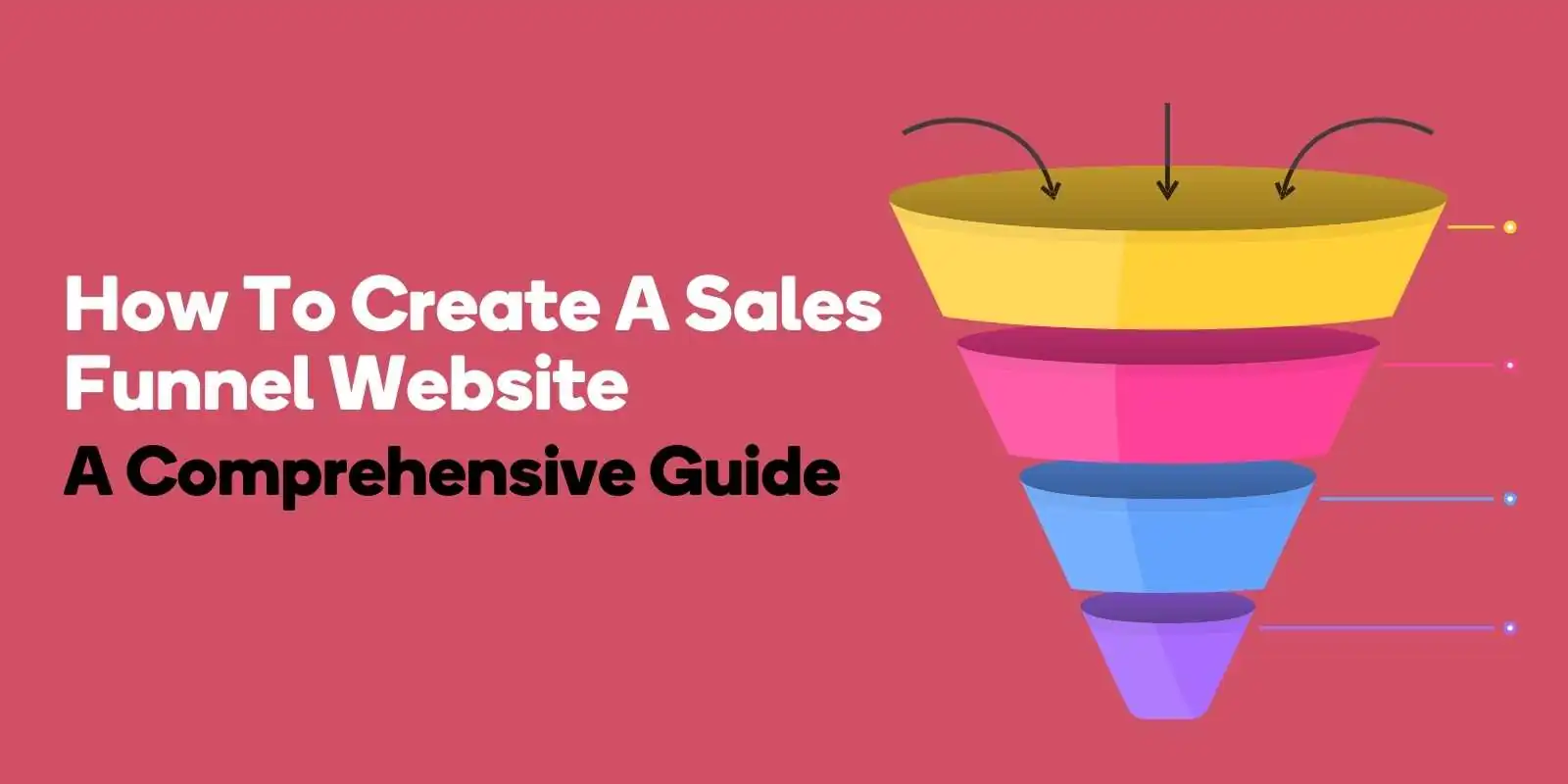Ready to dive into the world of UX research methods and discover the techniques that will help you transform your product?
Let’s get started!
Understanding UX Research Methods
UX research is a systematic process of inquiry that employs various user research methods to gain insights into users’ behavior, motivations, and needs.
These methods are designed to enhance user experience and direct design choices. From user interviews and surveys to usability testing and card sorting, UX researchers have a plethora of techniques at their disposal to uncover valuable insights.
UX research methods can be broadly categorized into generative, descriptive, evaluative, and casual research, each serving a unique purpose in the design process.
With such a wide array of methods available, it’s crucial to select the right UX research method that aligns with your project goals, resources, and timeline.
The role of UX research in product development
UX research methods play a pivotal role in product development, as they inform design choices, enhance user satisfaction, and ensure a product’s success.
By utilizing qualitative research methods, such as card sorting, usability studies, participatory design, and user interviews, designers gain insights into users’ needs, motivations, and behaviors during the execution phase of UX design.
Generative UX research, for example, is conducted to identify the ultimate goal of a design project and define the design problem, generating ideas and facilitating problem-solving.
Behavioral user research, on the other hand, involves observing user behavior in specific contexts to better understand user needs and preferences.
By employing a combination of UX research methods, designers can create products that are intuitive, engaging, and satisfying for users.
Quantitative vs. Qualitative UX Research
Quantitative and qualitative UX research methods serve distinct purposes in the research process.
Quantitative research involves the collection of raw, objective numerical data that can be used for benchmarking, prioritization, and forecasting.
Qualitative research, on the other hand, focuses on gathering non-numeric data, such as opinions, thoughts, and comments, to improve existing products or generate ideas and insights for future projects.
Selecting the right UX research method depends on the type of data you need and the stage of your project.
For instance, usability benchmarking, A/B testing, and surveys are advantageous for assessing the usability and effectiveness of designs during the testing phase.
By using a mix of quantitative and qualitative research methods, you can gain a well-rounded understanding of user needs and make informed design decisions.
Most Popular UX Research Techniques
Understanding the most popular common UX research methods, including user experience research methods, can help you determine which user research method best aligns with your project goals and resources.
Some of the most widely used UX research techniques include user interviews, surveys and questionnaires, usability testing, card sorting, and focus groups.
Each of these techniques offers unique advantages, allowing you to tap into different aspects of the user experience.
For example, user interviews provide in-depth insights into user needs and motivations, while usability testing evaluates a product’s functionality and ease of use.
By selecting the right UX research technique for your project, you can ensure that you gather the most relevant and actionable insights.
User Interviews
User interviews are a qualitative research method that involves engaging with users to gain an understanding of their needs, motivations, and behaviors.
Conducting effective user interviews requires thorough preparation, including creating a discussion guide, asking open-ended questions, and actively listening to the user’s responses.
User interviews can provide valuable insights into user needs, helping you prioritize requirements and create an empathy map.
By understanding users’ perspectives and experiences, designers can create more user-centric products that address their pain points and meet their needs.
Surveys and Questionnaires
Surveys and questionnaires are quantitative research methods that involve posing a set of inquiries to users in order to gain a better understanding of their needs, motivations, and behaviors.
They provide a valuable tool for collecting user feedback and insights on a large scale, which can help inform design decisions and improve user satisfaction.
When crafting your survey or questionnaire, it’s important to construct queries that are clear, concise, and easy to understand, ensuring that users can provide accurate and meaningful responses.
By analyzing the data collected from surveys and questionnaires, you can identify patterns and trends that may inform your design choices and enhance the overall user experience.
Usability Testing
Usability testing is a research method that involves assessing a product or service with users to gain insights into their interaction with it.
This can help designers identify potential usability issues, optimize the user interface, and create a more intuitive and enjoyable user experience.
Usability testing can take various forms, including moderated and unmoderated, as well as qualitative and quantitative.
Remote usability testing is one such approach that ensures effective usability testing by setting up the research environment correctly, anticipating potential issues, and being prepared to adapt your testing approach based on user feedback and insights.
Card Sorting
Card sorting is a research method that involves asking users to arrange a set of cards into categories to acquire understanding into how they perceive a product or service.
This technique helps designers gain insight into users’ mental models and construct an intuitive information architecture that aligns with their expectations and preferences.
Card sorting can be conducted using physical index cards or UX research tools, with participants organizing the cards into categories that make sense to them.
The results of card sorting can inform the design of your product’s navigation, menu structure, and overall organization, ensuring a seamless and user-friendly experience.
Focus Groups
Focus groups are a research method that involves bringing together a group of users to discuss a product or service and gain insights into their needs, motivations, and behaviors.
By facilitating a conversation among users, researchers can uncover valuable qualitative data on user opinions and beliefs, helping to shape the design and development of the product.
However, focus groups also come with their own set of challenges. Group dynamics may influence the results, and the insights gathered may not be representative of the entire user population.

Award-Winning
Sales Funnel & Website Expert
Discover How My Agency Can Grow Your Business
- Website: Our websites are the perfect blend of form and function.
- Sales Funnel: We build sales funnels that turn leads into customers.
- SEO: Get found online with our expert SEO services.
To ensure the effectiveness of focus groups, it’s crucial to carefully plan the session, select the right participants, and create a comfortable environment for open and honest discussion.
Advanced UX Research Techniques
For deeper insights and more targeted results, advanced UX research techniques can be employed. These methods, such as diary studies, ethnographic field studies, and A/B testing, provide a more in-depth understanding of user needs, behaviors, and experiences.
By incorporating advanced techniques into your research strategy, you can uncover hidden insights and fine-tune your design for optimal user satisfaction.
Understanding these advanced techniques and their applications in UX research can help you choose the most appropriate method for your project goals and resources, enabling you to create a product that truly resonates with users.
Diary Studies
Diary studies involve asking users to document their reflections related to the subject of the study over a given period of time.
This longitudinal research method provides insightful qualitative data, allowing researchers to gain an understanding of user behaviors, activities, and experiences over an extended duration.
By analyzing the real-time feedback gathered through diary studies, researchers can uncover long-term user behaviors and experiences that may not be evident through traditional research methods.
This can lead to more targeted design improvements and a deeper understanding of user needs.
Ethnographic Field Studies
Ethnographic field studies involve observing users in their natural environment to gain insights into their behavior and preferences.
By witnessing how users interact with a product in real-world settings, researchers can obtain a more accurate understanding of the user experience and make informed design decisions.
Though field studies can be resource-intensive, the unique insights they provide make them a valuable addition to any UX research project.
By observing users in their natural environment, researchers can identify pain points, uncover hidden needs, and ensure a product that truly meets the needs of its users.
A/B Testing
A/B testing is a research method that involves comparing two versions of a product to determine which one performs better. By analyzing user behavior and preferences, designers can optimize the user experience and make data-driven design decisions.
A/B testing is particularly useful for ongoing improvements or before initiating a comprehensive UX redesign.
By testing different design variations and measuring user engagement, researchers can identify the most effective design elements and create a more user-centric product.
Choosing the Right UX Research Method
With a plethora of UX research methods available, selecting the right one for your project can be a daunting task.
However, by considering factors such as the stage of the design process, research objectives, and available resources, you can choose the most appropriate research method that will yield valuable insights and guide your design decisions.
Remember that a well-rounded UX research strategy often involves a mix of qualitative and quantitative methods.
By using a combination of research techniques, you can gain a comprehensive understanding of user needs and ensure a product that truly resonates with your audience.
Factors to consider when choosing a UX research method
Selecting the right UX research method depends on various factors, such as the project stage, data requirements, and budget constraints.
Begin by identifying the research goals, target audience, and type of data required for your project. Also, consider the project scope, timeline, and available resources when choosing your research method.
Understanding these factors will help you select the most appropriate research method for your project. By considering the unique requirements and constraints of your project, you can ensure that your UX research yields the most valuable insights and drives informed design decisions.
Balancing qualitative and quantitative research
Integrating qualitative and quantitative research is essential in UX research, as it grants a more comprehensive comprehension of the user experience.
Qualitative research offers profound insights into user behavior and opinions, whereas quantitative research furnishes statistical quantitative data that can be generalized to a wider population.
By striking a balance between qualitative and quantitative research, you can gain a well-rounded understanding of user needs and preferences, allowing you to make informed design decisions that result in a more user-centric product.
Consider incorporating both types of research methods into your research strategy for a more comprehensive and insightful look into the user experience.
Conducting Effective UX Research
To ensure the success of your UX research project, it’s important to follow best practices and tips for conducting effective research.
This involves defining concrete research goals, selecting the appropriate research methods, recruiting suitable participants, preparing for research sessions, and analyzing and presenting research findings.
By following these best practices, you can ensure that your UX research yields actionable insights that will guide your design decisions.
With a well-executed research plan, you’ll be well on your way to creating a product that users love and keep coming back to.
Recruiting the right participants
Recruiting suitable participants for UX research is essential, as it can lead to more meaningful and beneficial research outcomes.
To identify and recruit suitable research participants, consider utilizing existing databases of research participants, online platforms, and social media to reach out to potential participants.
By carefully selecting participants who meet the criteria for your research and can offer valuable insights, you can ensure the accuracy and reliability of your research data.
This will ultimately lead to more informed design decisions and a better understanding of user needs.
Preparing for research sessions
Before conducting your research sessions, it’s important to prepare thoroughly. This includes reviewing the discussion guide, ensuring the research environment is set up correctly, and anticipating any potential issues that may arise during the research process.
By being well-prepared, you can ensure that your research sessions run smoothly and yield accurate and reliable results.
Additionally, being prepared allows you to adapt your testing approach based on user feedback and insights, ultimately leading to a more user-centric product.
Analyzing and presenting research findings
Once your research sessions are complete, it’s time to analyze the data and present your findings.
The process of analyzing research data involves organizing the data, identifying patterns and trends, and interpreting the results. This can be accomplished manually or with the use of software tools.
Presenting your research findings effectively involves summarizing the results succinctly, visualizing the data, and conveying the insights to stakeholders.
By presenting your findings in a clear and engaging manner, you can help stakeholders understand the value of your research and inform design decisions that lead to a better user experience.
Frequently Asked Questions
What is UX research methods?
User experience research methods are a set of practices and techniques used to inform decisions for designing better products. The aim of such research is to observe, assess and analyze user behavior and experiences in order to shape designs and improve product performance.
These methods help companies gain insights into their customers’ needs and preferences so that they can create more engaging and successful products.
What are the 7 elements of UX research plan?
The 7 key elements of a UX research plan are the project background, research goals, research questions, KPIs, methodology, participants, and script. All of these elements combine to help inform your research process and improve the user experience.
By understanding each of these elements, you can create a comprehensive research plan that will help you gain valuable insights into the user experience. This will enable you to make informed decisions about how to improve the user experience and create a better product.
What are UX research best practices?
The best practices for UX research involve identifying your users and their goals, utilizing a variety of tools to collect the relevant data, making data-driven decisions, keeping all relevant stakeholders in the loop, and repeating the cycle as needed.
By following these steps, designers can ensure that they create successful products based on user feedback.
What is the difference between qualitative and quantitative UX research methods?
Qualitative UX research is focused on understanding user attitudes, behavior and motivations through non-numerical observations, interviews and focus groups.
Quantitative UX research involves measuring data points via surveys, questionnaires and usability testing to obtain a deeper understanding of user behavior.
When should I use card sorting in my UX research?
Card sorting should be used in UX research when you are looking to understand user preferences for menu structures or information architecture. It can be a useful tool for creating an intuitive and organized product design.
Card sorting is a method of organizing information into categories. It involves users sorting cards with labels into groups that make sense to them. This helps to identify user preferences and create a structure that is easy to understand.
Conclusion
In conclusion, UX research methods are indispensable tools for understanding user needs, motivations, and behaviors.
By selecting the right research method for your project, employing a mix of qualitative and quantitative techniques, and following best practices for conducting effective research, you can create a user-centric product that resonates with your audience.
Remember, the key to a successful UX research project lies in the insights and data you gather – dive into the world of UX research and unlock the full potential of your product!









